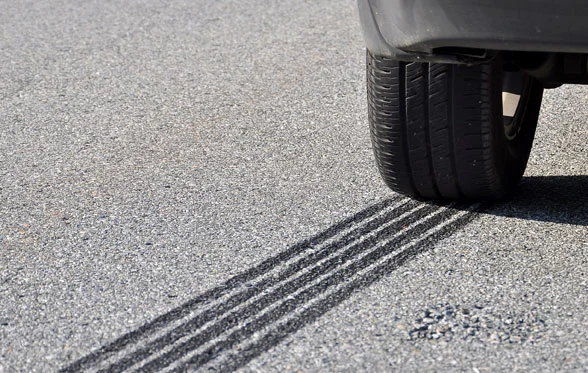The Department of Transportation (DoT) is asking for information to improve the safety of pedestrians, bicyclists, and other vulnerable road users (VRUs). This is part of the DoT National Roadway Safety Strategy (NRSS) and DoT's vision of zero fatalities and serious injuries across the U.S. transportation system. The request was issued in the September 16, 2022 Federal Register (F.R. Vol. 87; No. 179; DOT-OST-2022-0096).
The DoT is looking for comments on the possibility of adapting existing and emerging automation technologies to accelerate the development of real-time roadway intersection safety and warning systems for both drivers and VRUs. The objective is to accomplish deployment at scale and in a cost-effective manner.
The National Highway Traffic Safety Administration (NHTSA) data from 2020 indicated 10,626 traffic fatalities in the US at roadway intersections, including 1,674 pedestrian and 355 bicyclist fatalities. These deaths represent 27% of the total of 38,824 road traffic deaths recorded in 2020. Over the recent 20 years there has been considerable development efforts into automation technologies, including vehicle automation, machine vision, perception and sensing, vehicle-to-everything (V2X) communications, sensor fusion, image and data analysis, artificial intelligence (AI), path planning, and real-time decision-making.
The intent of this RFI is:
- To ascertain the state of the art of relevant automation technologies
- To assess the potential for re-purposing existing and emerging technologies
- To determine possible reduction in the cost of these life-saving systems by a factor of 10–100x.
For the purposes of this RFI, VRUs are defined as pedestrians, bicyclists, and micro-mobility device users, including users of scooters, e-skateboards, wheelchairs, etc. Vehicles are defined as any roadway vehicles including passenger cars, trucks, vans, public transit buses, and commercial vehicles.
An automated VRU and vehicle warning system should incorporate the use of existing standards and protocols. System-to-vehicle and vehicle-to-system communications and networking (V2X), using standard and emerging protocols, will likely be required. Use of smart electronic devices by VRUs should not be a requirement for the efficacy of an intersection safety system. Virtual machine vision systems incorporating "crowd-sourced" vehicle-based real-time imaging and information sharing could also be of value. Ensuring night-time, low light, and reduced visibility operation will be critical. Where possible, data could be developed and shared to accelerate the parallel development of effective solutions.
A conceptual design for a VRU and vehicle intersection safety system would likely require the following elements (these potential design elements should not be considered to be prescriptive, but merely representative of the current state of the art):
- Sensing and perception
- Sensor fusion, image and data analysis
- Path planning and prediction
- Data handling and storage
- Communications and networking
- Warning system
- Other intersection safety system considerations - fully automated system is desired that does not degrade the underlying existing safety of an intersection, upgradeable by virtue of a modular hardware and software design, uses open architectures including potentially open-source software, utilizes industry-accepted software development practices and is intrinsically cybersecure and maintains data privacy protections.
DoT provided 28 questions to prompt feedback and comments. Below are the 4 groupings of questions.
- General Technical Considerations
- System Installation and Deployment
- Human Factors and Performance Measurement
- Development Costs and Time to Deployment
Also, the DoT seeks comments on any other issues relevant to the development, commercialization, and deployment of an effective intersection safety system.
Comments for this RFI are to be submitted within 30 days of publication of this RFI. DoT will consider comments received after this time period to the extent practicable.
The RFI is available on InterRegs.NET for our US Federal subscribers and is also available at www.selectregs.com.
